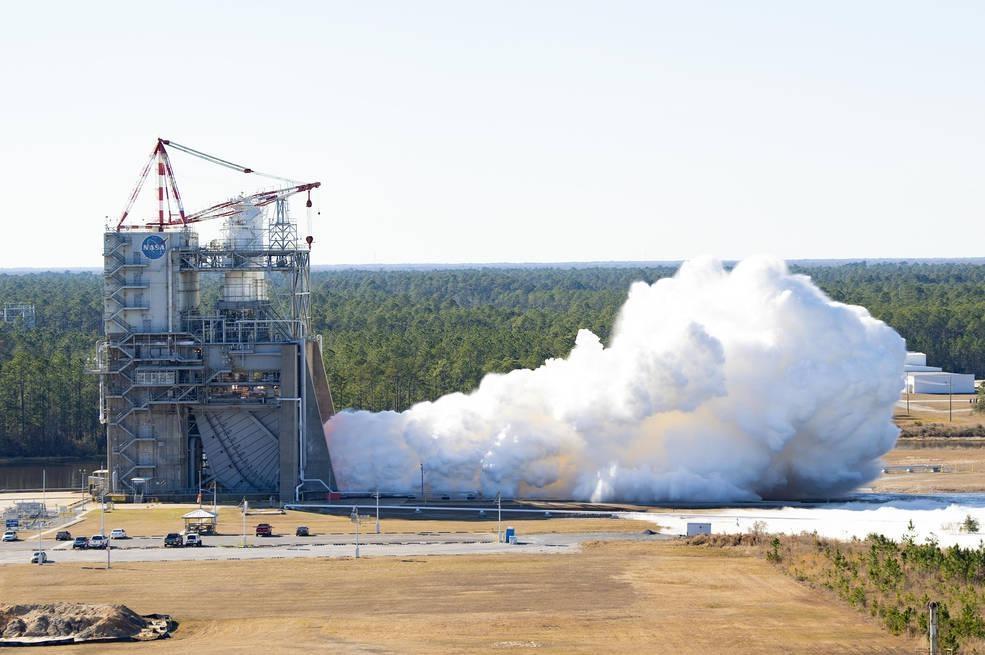The Artemis 1 mission will send an unmanned rocket around the moon next week, launching efforts to return to the lunar surface. Engineers say this is a culmination of years of hard work at the John C. Stennis Space Center in south Mississippi. Nasa Engineer Tristan Mooney says they used a large structure to hold the rocket in place while conducting engine tests simulating the full launch.
“So there’s a couple of things that are very significant about Stennis. First of all there is water access, so the core stage was actually brought in on a barge,” says Mooney. “And second, Stennis has a buffer zone that is roughly 15 miles. That allows us to perform extremely loud rocket tests that would annoy the neighbors if there were any.”
The Orion spacecraft will be powered by four RS-25 rockets along with two solid rocket boosters, and the Artemis 1 mission is essentially a test run of the rocket’s capabilities. It's expected to reach Mock-23, equivalent to more than 17,000 miles per hour, in an acceleration that only takes eight minutes.
The state-of-the-art engine is built by Aerojet Rocketdyne, and is designed to create an immense amount of lifting power capable of deep-space travel. Each engine can generate a maximum of 512,000 pounds of force, totaling around 2 million pounds of force for every launch across four rockets. Program manager Jeff Zotti says the data they collected at Stennis has informed them on ways they can fine-tune the rocket for a variety of payloads.
Zotti says “Aerojet Rocketdyne has our assembly facility located right there, so we’re testing the engines in the same location that we’re building the engines. And we can use a lot of the staff to do both of those important things.”
Zotti says the testing done at Stennis has helped pave the way for the Artemis missions, and maybe future missions to Mars.




